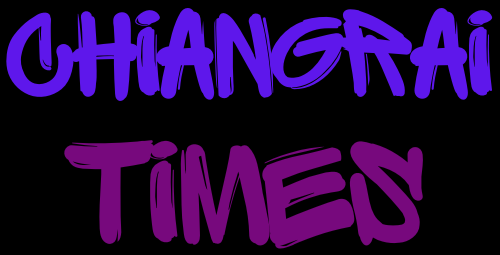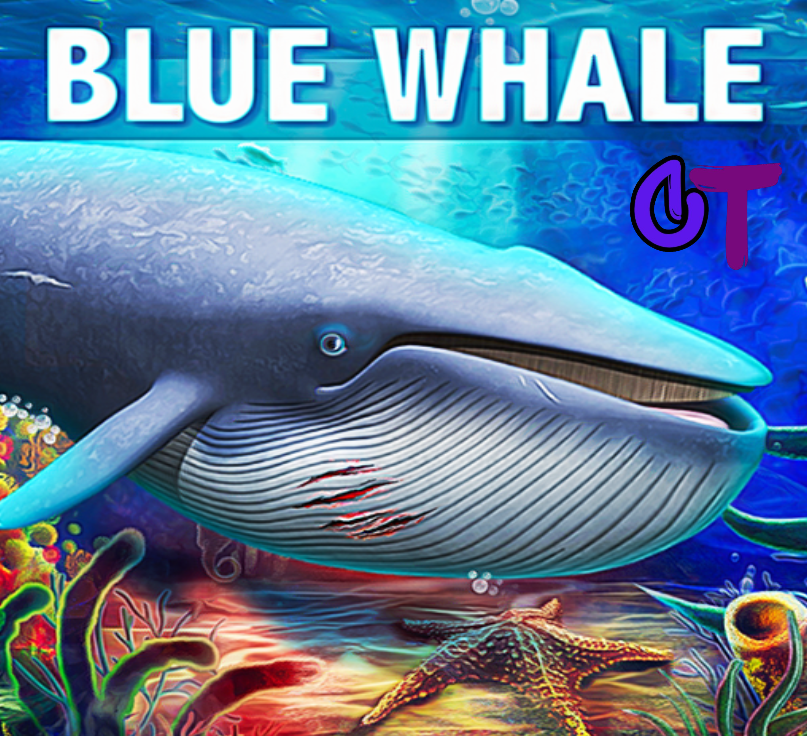The Blue Whale Challenge emerged as a deeply regarded online phenomenon, extensively mentioned as a “dare-primarily based dangerous sport” that allegedly pressured vulnerable individuals, specifically children, to interact in self-damage and in the end commit suicide. Originating in Russia around 2013, the intended “recreation” gained worldwide notoriety, with claims of hyperlinks to numerous deaths throughout diverse international locations. However, a closer examination reveals a more complex fact, distinguishing good-sized panic from shown realities.
This article delves into the origins, said mechanics, and the enormous media attention surrounding the Blue Whale Challenge. It also explores the vital perspective that questions the veracity of many claims, highlighting the phenomenon as a mix of online activity, moral panic, and a platform for discussing important problems like self-harm and suicide contagion within the virtual age.
The Genesis of the Challenge: From Russian Chatboards to Global Headlines
The Blue Whale Challenge is attributed to Philipp Budeikin, who reportedly conceived the “sport” in 2013 within his chat institution “F57” at the Russian social networking web page VKontakte. The undertaking, additionally known through epithets like “A Silent House” or “Wake Me Up At four:20 am,” reportedly concerned a chain of fifty obligations assigned to participants over 50 days.
Initially, obligations had been defined as innocuous, inclusive of waking up in the nighttime or looking at a scary film. However, the demanding situations were said to boost in severity, progressing to self-harm behaviors like slicing shapes into one’s arm, eating toxic beverages, and in the end culminating within the final undertaking: suicide.
The phenomenon first garnered massive news coverage in May 2016 following a piece of writing in the Russian newspaper Novaya Gazeta. This article controversially connected numerous infant suicides to the club in Budeikin’s “F57” organization on VK. This document ignited a wave of “moral panic” throughout Russia, which eventually spread globally.
The Alleged Mechanics: How the Challenge Operated
According to reports, individuals would become worried about the Blue Whale Challenge through diverse social media systems, which include Facebook, Twitter, Instagram, and WhatsApp. Participants, regularly pushed via curiosity or vulnerability, would be seeking out “curators” or “administrators” by posting messages with unique hashtags like #curatorfindme or #BlueWhaleChallenge.
Reports endorse that curators hired era to mask their identities, making them difficult to hint. Furthermore, they allegedly collected non-public records from contributors early on, the used them for blackmail, threats, and coercion to make certain compliance with the escalating, harmful duties.
Tasks had been designed to step by step isolate and injure the participant. Early challenges may involve paying attention to positive track genres or watching horror movies. These would then reportedly enhance self-mutilation, inclusive of carving symbols onto the skin, deliberately fracturing bones, or even performing dangerous stunts on site visitors.
Global Spread and Reported Fatalities
Following its initial emergence in Russia, reports of the Blue Whale Challenge and its alleged links to suicides quickly unfolded internationally. Countries like India, Ukraine, and the US said instances, contributing to the worldwide panic. Law enforcement and educational establishments in various nations issued warnings, and some international locations, together with Egypt, Kenya, and Pakistan, reportedly attempted to ban the “sport,” even though specialists mentioned the problem of such bans given its online nature.
Medical first responders and intellectual fitness experts additionally noted the phenomenon, spotting the want for early detection and taking care of vulnerable populations doubtlessly exposed to such online challenges. The task highlighted the capability of online platforms to facilitate self-harm and suicide contagion.
The Disputed Reality: An “Online Urban Legend”?
Despite the widespread media coverage and the acute situation generated, an essential attitude emerged, suggesting that the Blue Whale Challenge, “as a minimum because it turned into, to begin with, reported, does not seem to have existed at all”. While the Russian newspaper Novaya Gazeta’s article sparked an “ethical panic,” subsequent investigations discovered no confirmed causal link between the institution’s sports and the pronounced suicides.
Experts and nearer investigations have posited that much of the phenomenon can also be an “online city legend” or a form of social contagion rather than a tangible, organized recreation.
The huge reporting, though often missing confirmed evidence, underscored the anxieties surrounding internet safety, kids’ vulnerability, and the speedy spread of misinformation online.
The Role of Social Media and Public Awareness
Social media performed a dual role within the Blue Whale Challenge narrative. On one hand, it was the alleged medium through which the “recreation” operated, permitting administrators to touch contributors and for duties to be shared.
The widespread discussion approximately the Blue Whale Challenge, even supposed primarily based on an exaggerated or in part mythical premise, caused critical conversations among dads and moms, educators, and intellectual fitness professionals about online protection, cyberbullying, and helping younger human beings intellectual well-being inside the digital age. It highlighted the important need for vigilance and training concerning online trends that would pose risks to susceptible individuals.
The Broader Implications: Self-Harm, Suicide Contagion, and Media Responsibility
The Blue Whale Challenge, no matter its factual basis, introduced full-size interest to the idea of suicide contagion—the concept that publicity of suicide or suicidal behaviors can boost the probability of others undertaking similar acts. The sensationalized reporting, whilst growing panic, also inadvertently amplified discussions around self-damage and suicide, doubtlessly influencing inclined individuals.
The Blue Whale Challenge served as a stark instance of the way media portrayals, in particular of online phenomena, can contribute to or mitigate dangers associated with intellectual health. It underscored the importance of accountable reporting and focusing on help mechanisms instead of sensationalism.
Learning from the Blue Whale Challenge
The Blue Whale Challenge, whether or not a manufactured hoax or an actual, albeit exaggerated, danger, left a long-lasting effect. It has become an international case have a look at on:
- The strength of misinformation: How unverified claims can spread hastily online and incite sizable worry.
- Vulnerability of young people: The susceptibility of young humans to online pressures and dangerous trends.
- Importance of virtual literacy: The want for users, in particular children, to critically examine online content material.
- Mental health awareness: The necessity of open discussions about self-harm and suicide and providing available help assets.
- Parental and academic roles: The vital responsibility of adults to monitor online activity and foster safe digital environments.
While the “recreation” itself could have been in large part a hoax, the societal response to it underscored actual issues about mental fitness within digital technology and the potential for online phenomena to make the most current vulnerabilities.
Conclusion
The Blue Whale Challenge stands as a complex and arguable chapter within the records of online phenomena. What commenced as a rumored “suicide sport” originating in Russia advanced into a worldwide scare, prompting a sizable situation amongst dads and moms, educators, and the government. While preliminary reports sensationalized its reach and direct causal hyperlinks to suicide, nearer investigation discovered that a whole lot of the narrative changed fueled by means of ethical panic and unconfirmed claims.
Despite the skepticism surrounding its genuine nature as a prepared sport, the Blue Whale Challenge served as a critical catalyst for conversations approximately self-harm, suicide contagion, and online protection. It highlighted the profound impact of social media on inclined populations and the imperative for responsible records dissemination. Ultimately, the Blue Whale Challenge, whether actual or in large part a hoax, underscored the continuing want for vigilance, education, and strong mental health support systems in an increasingly interconnected international.
(FAQs)
What changed in the Blue Whale Challenge?
A: The Blue Whale Challenge became extensively reported as a web “game” that involved a chain of fifty escalating tasks, regularly together with self-harm, over 50 days, culminating in a demand for the player to commit suicide.
Where did the Blue Whale Challenge originate?
A: The challenge reportedly originated in Russia around 2013, conceived by using Philipp Budeikin at the social networking website VKontakte.
Was the Blue Whale Challenge actual, or a hoax?
A: While the phenomenon prompted tremendous panic and garnered great media interest, closer investigation discovered that a few of the claims, especially approximately a widespread, prepared “recreation” directly inflicting numerous suicides, had been unconfirmed and largely discredited. Some professionals don’t forget it is extra of an “online urban legend” or a form of social contagion.
How did contributors reportedly get involved in the challenge?
A: Individuals reportedly sought out “curators” or “directors” on social media structures like Facebook, Twitter, and Instagram for the usage of unique hashtags, after which acquired each day’s responsibilities.
What had been the varieties of responsibilities worried within the Blue Whale Challenge?
A: Tasks reportedly commenced innocuously (e.g., watching horror films) however escalated to self-harm behaviors (e.g., cutting, self-mutilation) and culminated in the very last undertaking
What became the wider effect of the Blue Whale Challenge?
A: The phenomenon raised significant international recognition about online safety, self-harm, suicide contagion, and the vulnerability of youth to harmful online content material. It also highlighted the effect of incorrect information and the need for responsible media reporting.


